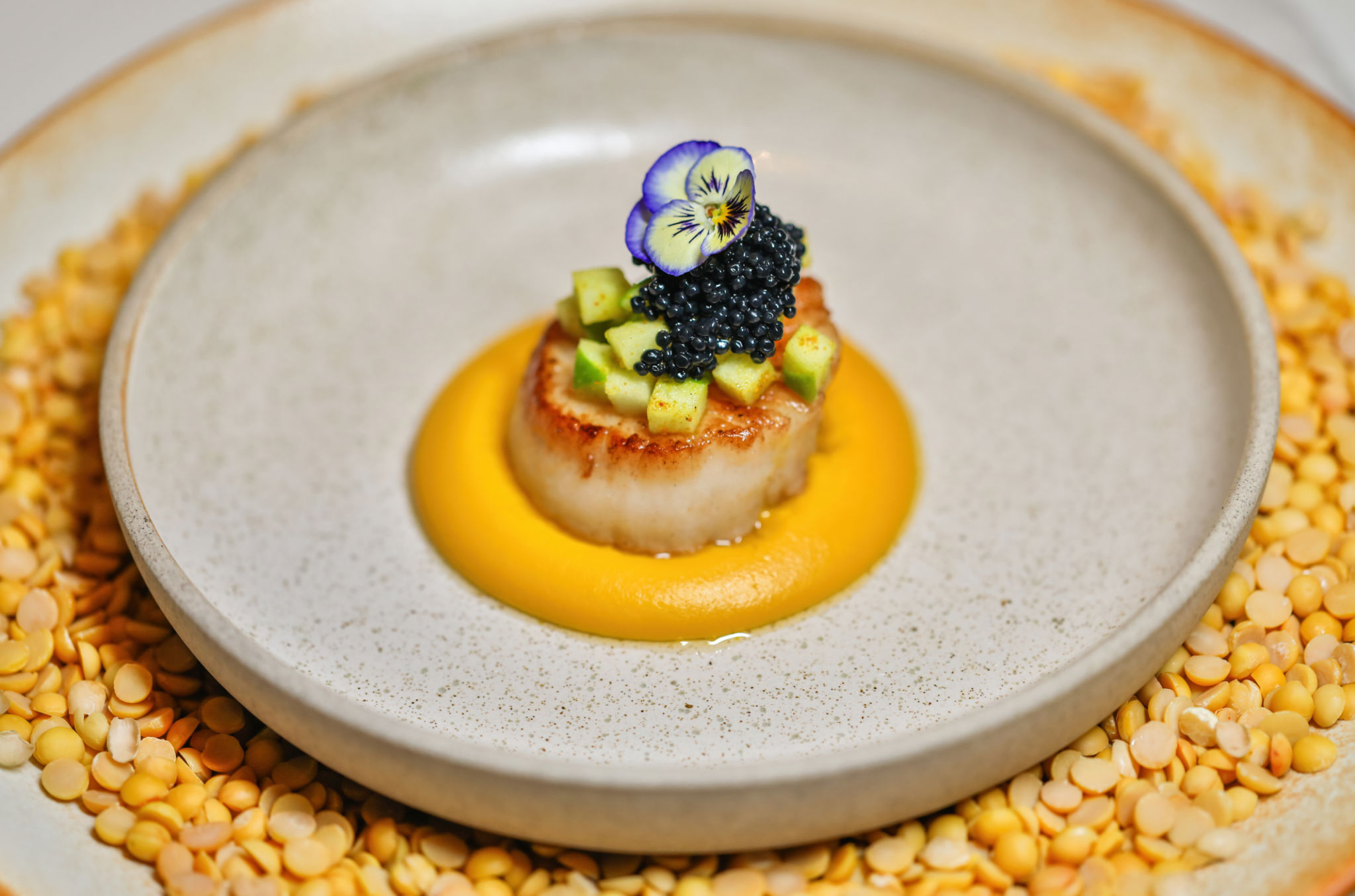How to Plan an Immersive Dining Event That Transports Your Guests
Understanding the Concept of an Immersive Dining Event
Creating an immersive dining experience involves more than just serving food; it's about crafting a journey that engages all the senses. This type of event transports guests to a different world, intertwining culinary delights with thematic elements and interactive components. The aim is to make diners feel like they've stepped into another realm, whether it's a different time period, a fictional universe, or a specific cultural celebration.
Immersive dining events are growing in popularity because they offer guests something memorable and unique. Such events can be a powerful way to stand out and leave a lasting impression. However, planning them requires careful attention to detail and creativity.

Setting the Theme and Atmosphere
The first step in planning an immersive dining event is to decide on a compelling theme. This theme will guide all other aspects of the event, from the menu to the décor. Consider themes that offer rich storytelling potential, such as a historical era, a beloved film or book, or an exotic destination.
Once the theme is chosen, focus on creating an atmosphere that aligns with it. Use elements such as lighting, music, and décor to transform the dining space. For instance, if your theme is a 1920s speakeasy, you might incorporate jazz music, vintage furnishings, and dim lighting to set the mood.
Menu Design and Presentation
The menu is a critical component of the immersive experience. It should not only match the theme but also delight the palate. Collaborate with chefs to create dishes that are authentic to the theme and presented in visually stunning ways. Consider using molecular gastronomy or unique plating techniques to add an element of surprise.

In addition to taste, presentation plays a significant role in immersing guests. Each course should be served in a way that enhances the story you are telling. For example, if your theme is medieval, consider serving dishes on rustic wooden platters or in ceramic bowls.
Incorporating Interactive Elements
To deepen the immersive experience, include interactive elements that engage guests beyond just eating. This could be actors playing characters related to the theme, interactive storytelling sessions between courses, or even VR experiences that complement the setting.
Interactive elements encourage guests to participate actively in the event, making it more memorable. They also provide opportunities for guests to connect with each other and share their experiences.

Attention to Detail
Details can make or break an immersive dining event. Pay attention to everything from the table settings and costumes of the staff (if applicable) to the soundtrack playing in the background. Each element should be cohesive and contribute to transporting your guests to another world.
Consider small touches that enhance the theme, such as themed invitations, costume suggestions for guests, or even themed cocktails that fit the narrative. These details show thoughtfulness and help create a seamless experience.
Marketing Your Immersive Dining Event
Once your event is planned, it's time to spread the word. Use evocative imagery and storytelling in your marketing materials to intrigue potential attendees. Highlight unique aspects of the event, such as special performances or exclusive menu items.
Social media can be a powerful tool for reaching your audience. Create teaser content that gives a taste of what attendees can expect without revealing too much. Encourage past attendees to share their experiences and photos to build buzz and credibility.

Post-Event Engagement
After the event, maintain engagement with your guests by sending thank-you notes or surveys to gather feedback. Share photos or videos from the event on social media and invite attendees to tag themselves or share their own content.
This post-event engagement not only shows appreciation but also helps build a community around your brand. It keeps your immersive dining events top-of-mind and encourages repeat attendance at future events.
